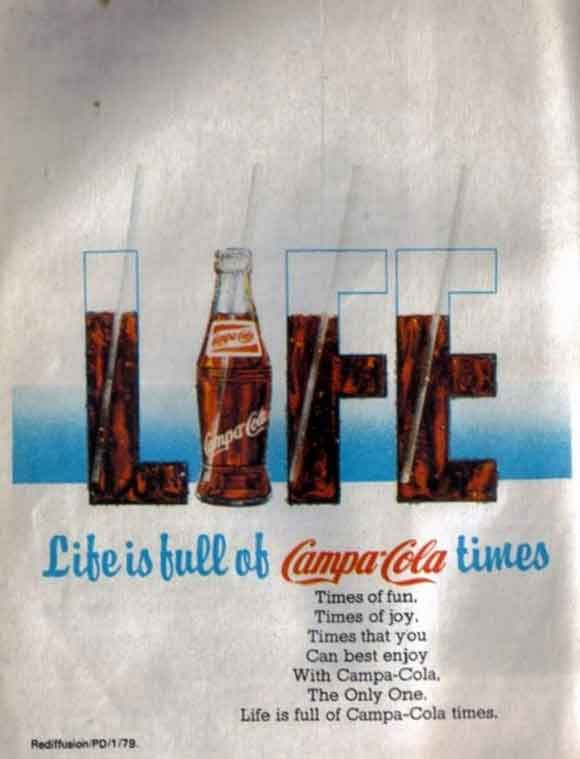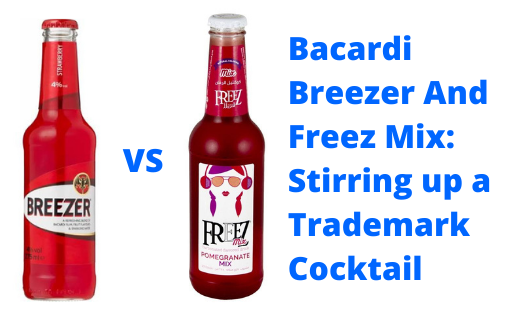Miley Cyrus Rocks EU Courts
Miley Cyrus wins the right to use her name as a trademark in Europe after a long court battle on a wide range of products in the European Union.
Miley Ray Cyrus is an American singer, songwriter, and actress. Known for her distinctive raspy voice, her music incorporates elements of varied styles and genres, including pop, country pop, hip hop, etc. It all started in 2014, when Miley Cyrus’s company, Smiley Miley Inc (SMI) applied for an EU trademark (“EUTM”) for the word MILEY CYRUS covering various goods and services related to entertainment and media. Cyrus Trademarks Ltd (Cyrus) objected to the application on the basis that there would be a likelihood of confusion with its EUTM registration for (the “Cyrus Sign”) which was registered in 2010 and is protected for various goods relating to audio equipment in classes 9 and 20.
The contention put by Smiley was that the American singer Miley Cyrus is famous enough to make the mark distinctive, but it was not accepted by the EUIPO opposition division and they considered the likelihood of confusion in the same despite the exception of Nice Class 25 with dissimilar goods and services. The appeal was also dismissed by the EUIPO Board of Appeal which Miley appealed to. The Board found a similar likelihood of confusion with the trademark Miley Cyrus and Cyrus as these two would not be perceived as names, and if compared, the element Cyrus has greater distinctiveness than Miley. Therefore, as per the Board of Appeal, there was a clear case of likelihood of confusion which Smiley appealed to the ECJ.
The SMI was also correct in arguing that the conflicting marks are conceptually different, thus also contradicting the Board of Appeal’s view.
The Board of Appeal had found that the word CYRUS was the more dominant part of the mark MILEY CYRUS. It claimed that consumers remember a surname rather than the first name in marks composed of a first name and a surname. The applicant disagreed and this view was shared by the General Court. The Court said it is possible in part of the EU for surnames to have a more distinctive character than first names but each case had to be considered on its own facts. It was agreed that neither “MILEY” nor “CYRUS” was a common first name or surname. It also noted that the mark MILEY CYRUS refers to the first name and surname of the famous singer and actress. The evidence submitted showed that she is known by her first name and surname together and not separately by her first name or her surname. The General Court therefore found that the elements MILEY and CYRUS were equally distinctive and neither was dominant.
According to the case-law, such conceptual differences can, under certain circumstances, neutralize phonetic and visual similarities between the signs in question – and such a circumstance was present in this case. The trademark applied for, MILEY CYRUS, has a clear and specific meaning for the relevant public, since it refers to an internationally known public figure, Miley Cyrus, the court concluded.
One of the factors that notably distinguish this decision from previous ones is the fact that a first name was involved. This case made apparent that the findings in such rulings could be extended to marks covering first names and surnames of celebrities, though dependent on the facts of the case. This is the second time that the General Court has decided in favor of a public figure with an international reputation.






